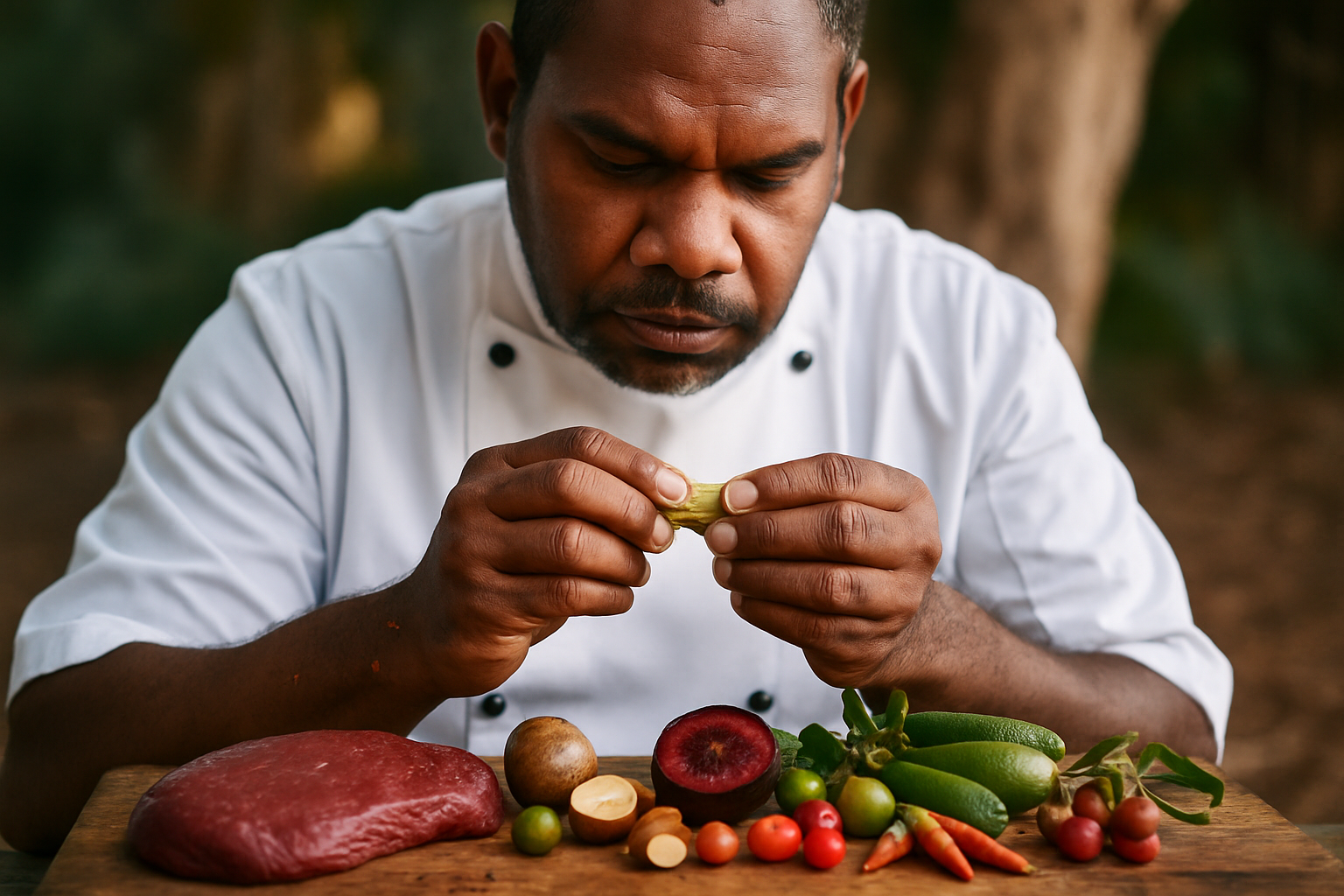Seasonal ingredient trends chefs are adopting worldwide
Chefs around the globe are reworking menus to spotlight seasonal produce, local sourcing, and climate-aware practices. This article summarizes how culinary teams integrate flavor, nutrition, and sustainability into recipes, pairings, and beverage choices across diverse cuisines.

Chefs today increasingly design dishes around the calendar, prioritizing ingredients that are at peak quality and availability. This seasonal focus affects kitchen workflows, menu rotation, supplier relationships and hospitality experiences. By emphasizing freshness and reduced transportation, culinary teams can highlight clearer flavors and make practical choices that support local growers, influence nutrition profiles, and respond to diner interest in traceable sourcing.
culinary trends and sourcing
Culinary teams are refining how they select and source ingredients to match seasonal cycles. Kitchens build flexible procurement plans that allow for daily or weekly menu updates based on what farmers and suppliers deliver. Chefs work closely with producers to understand harvest windows, and they favor ingredients that both express terroir and minimize long cold chains. This approach often leads to simpler preparations that foreground texture and natural flavors rather than heavy processing, and it can reduce waste by aligning portions and prep with expected yields.
How gastronomy shifts seasonally
Gastronomy adapts through technique as well as ingredient choice: braising, fermenting, and preserving are common ways chefs stretch peak-season produce into off-season use. Dining concepts that emphasize seasonality tend to rotate courses so diners encounter new taste profiles through the year, reflecting both regional cuisine and contemporary culinary experimentation. These shifts also influence beverage pairings and menu pacing, as lighter, acid-driven dishes appear in warmer months while heartier, spice-forward plates emerge in cooler periods.
Recipes and cooking with seasonal ingredients
Adapting recipes to seasonal ingredients means balancing familiarity with innovation. Chefs often maintain signature dishes while swapping key components—an herb, a vegetable, or a sauce—so the core technique remains recognizable. In practice, this can mean combining preserved elements with fresh produce, or reworking classic preparations to highlight a seasonal crop. Recipe development in this context requires testing for flavor balance, cooking times, and nutrition, ensuring that substitutions maintain texture, doneness, and overall dish integrity.
Sustainability and nutrition in sourcing
Sustainability and nutrition are increasingly linked in kitchen decision-making. Seasonally sourced ingredients typically need less refrigeration and transport, lowering carbon footprint and often preserving nutrient density. Chefs and hospitality managers are assessing sourcing practices for environmental impact, favoring regenerative growers, low-impact fisheries, and responsible meat production where applicable. This is balanced with attention to nutrition—seasonality can increase access to fresher produce, boosting vitamins and phytonutrients in daily offerings and shaping healthier menu options.
This article is for informational purposes only and should not be considered medical advice. Please consult a qualified healthcare professional for personalized guidance and treatment.
Menu design, pairing, and beverages
Seasonal menus require dynamic pairing strategies for both food and beverages. Sommeliers and beverage directors collaborate with chefs to match cocktails, wines, and non-alcoholic drinks to evolving flavor profiles: citrusy, herbal, and effervescent choices in spring and summer; richer, spiced, and barrel-aged selections in autumn and winter. Menu layout itself becomes a communication tool—highlighting seasonal sections, day-part specials, or farm-sourced items helps diners understand provenance and flavor intent, and supports hospitality teams in explaining changes to guests.
Chefs’ practices in hospitality and cuisine
Beyond the kitchen, chefs influence front-of-house messaging and guest experience around seasonality. Training staff to describe sourcing, preparation choices, and suggested pairings improves guest appreciation and supports transparency. Some chefs incorporate storytelling about growers or regions into menu notes or tasting menus, reinforcing the connection between cuisine and place. These practices can strengthen community ties, encourage patron interest in seasonal eating, and align hospitality operations with ethical sourcing priorities.
Seasonal ingredient strategies are practical and creative responses to ecological, economic, and gastronomic pressures. By marrying strong sourcing relationships with flexible recipe development, beverage pairing, and clear menu communication, chefs can deliver cuisine that reflects the time and place while maintaining consistent quality for diners worldwide. The result is a resilient approach that highlights flavors, supports nutrition, and fosters sustainable hospitality practices.





